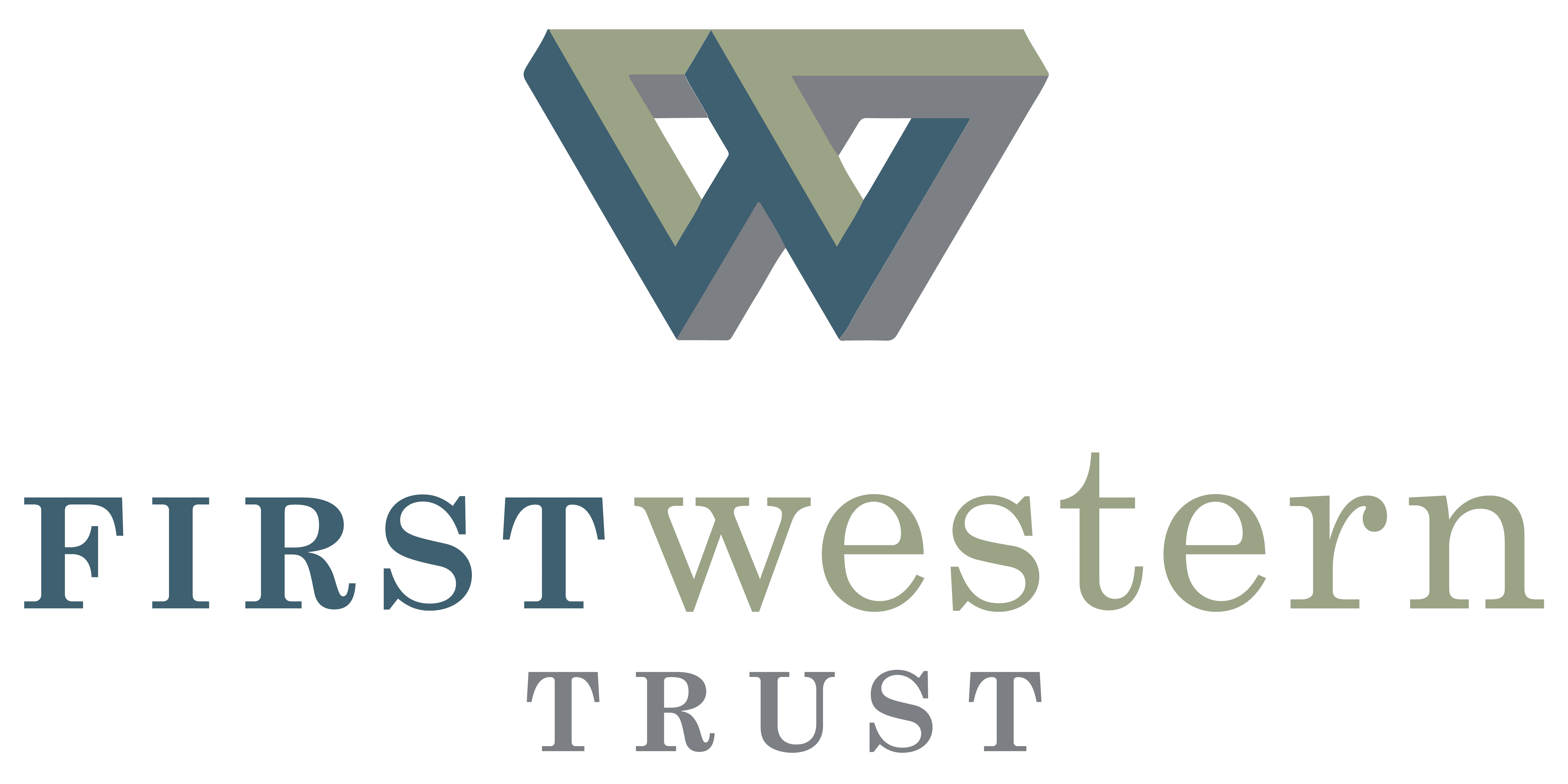
How to Get Started With Strategic Philanthropy
July 31, 2020
We all know that acquiring wealth isn’t just about the number at the bottom of your balance sheet — it’s about what that money enables you to do. For some, their main priority is a comfortable life for themselves and their families. For others, their primary focus is their legacy — the things they’ll leave behind when they’re gone. And some people want to use their acquired wealth to help as many people as possible through philanthropy and charitable donations.
But even the world of philanthropy can get complicated. Many charitable foundations are now operating direct programs, making debt and equity investments, and extending credit via subsidized or interest-free loans.
They’re extending their missions to their investments, too. Many charitable organizations are evaluating not just the potential monetary return of any investment, but the social impact of the companies they invest in.
As a result, it’s hard for charitably-minded people to decide what to do with their money. There’s a vast array of options for philanthropic giving, and it’s hard to see the impact of your charity, whether you’re just getting started or you’re an experienced donor. If you want to make sure your money is doing the best work, here are some things to consider.
Stay Focused on Your Values
What’s the reason you’re motivated to give? There’s no wrong answer here — every person is different, and so are their principles. Are you driven to action by concern for the environment? Religious principles? Concern for those less fortunate? Whatever it is, it should be at the forefront of the charities you choose to support.
Create a Clear Mission
If you’re going to set up a charitable vehicle like a donor-advised fund, a charitable trust, or a family fund, it will need a clear and obvious purpose. That purpose will guide every part of your actions when it comes to giving — where your money goes, how you evaluate potential recipients, how you invest, whether you give grants or loans, and other activities.
Write down a mission statement. Mission statements can be cheesy, but they can also be a great way to keep yourself guided and centered on what’s most important. That mission statement can become the public crib sheet on your charitable activities, helping you find other organizations and individuals who share your values.
Define What Success Looks Like
Your charity should be run, in some sense, like a business. And one of the most important aspects of running a business is setting clear goals and key performance indicators (KPIs). You can’t assess if your charitable organization or individual contributions have been successful if you don’t know what “successful” means, right?
You can create a broad umbrella of success or you can focus on specific projects, but the important thing is that you define success in some capacity. When you do, you might find other opportunities for achieving that success, from impact investing to other organizations that can help move funds toward the things that matter to you.
Continue Measuring Success
When you start giving substantial money to a charitable organization or cause, you’ll want to know that your money is making a real difference, so you’ll need to track both quantitative and qualitative metrics to see if your philanthropy is working.
These metrics will vary depending on the cause you’ve chosen to focus on. If you’re trying to help a low-income school district increase their college admissions numbers, for example, there are a lot of things you could look at. You can examine admission rates for each school in the district, both gross numbers and per capita. You can talk to college counselors to see if they’ve seen an increase in motivation or interest from their students in going to college. You might look at the percentage of students attending community colleges vs four-year colleges, or in-state vs. out-of-state attendance.
If your efforts aren’t working, don’t be afraid to change course. The fact is, the priorities of the country and other charities will shift, and one cause might not be the best use of your money forever. If you’ve been supporting scholarship funds for low-income students, but then a major shift in state or federal funding makes your donations obsolete, you might decide that your money can be more effective somewhere else — and that’s ok.
Talk to the Experts
If philanthropy is a priority for you, First Western Trust Bank can help. We’ll take a holistic approach to your finances, examining every aspect of your assets and liabilities to find out exactly how much of an impact you can make. We’ll also take into consideration your goals and values, helping you create a plan for your philanthropy that can help you do the most good in the world with your wealth. If you’re ready to start taking your wealth management seriously, get in touch.
Newsletter Sign Up
Insights
Building a Personalized Wealth Management Strategy: Key Steps to Achieve Your Financial Goals
Wealth management isn’t a one-size-fits-all process. Every individual and family has unique financial goals, life circumstances, and risk tolerances that […]
Learn more

Maximizing Your Stock Options: A Guide to RSUs, ESPPs, and Equity Compensation
As a high-earning individual or executive, a significant portion of your compensation is likely tied to equity—whether through stock options, […]
Learn more

Week in Review: October 18, 2024
Recap & Commentary Markets ended the week modestly higher, with the S&P 500 notching its 6th consecutive weekly gain, the […]
Learn more

Is Now a Good Time to Buy or Sell a Business?
The decision to buy or sell a business is one of the most significant financial choices an entrepreneur can make. […]
Learn more

Week in Review: October 11, 2024
Recap & Commentary Markets ended the week with the S&P 500 at a new record high while notching its fifth […]
Learn more










